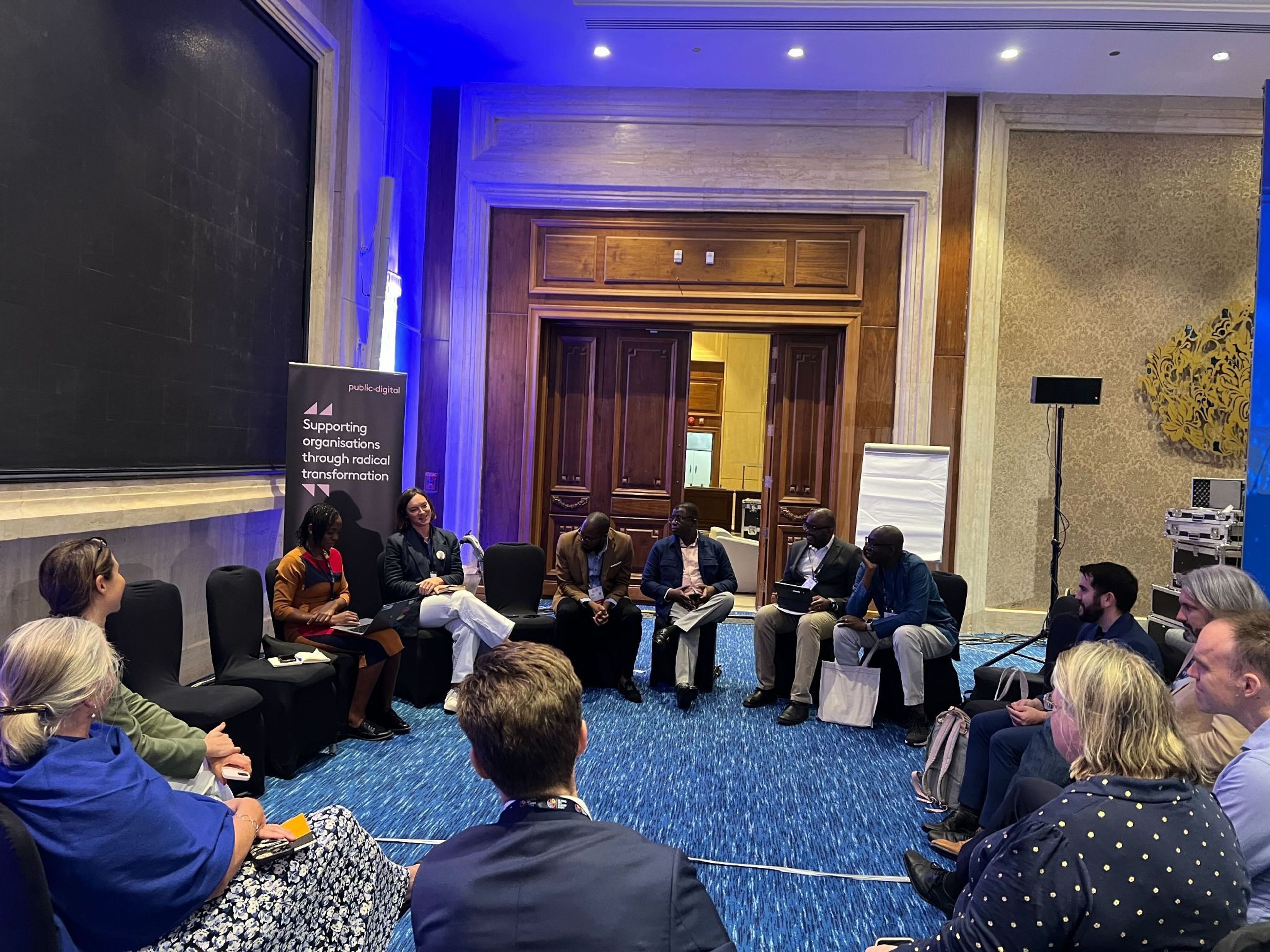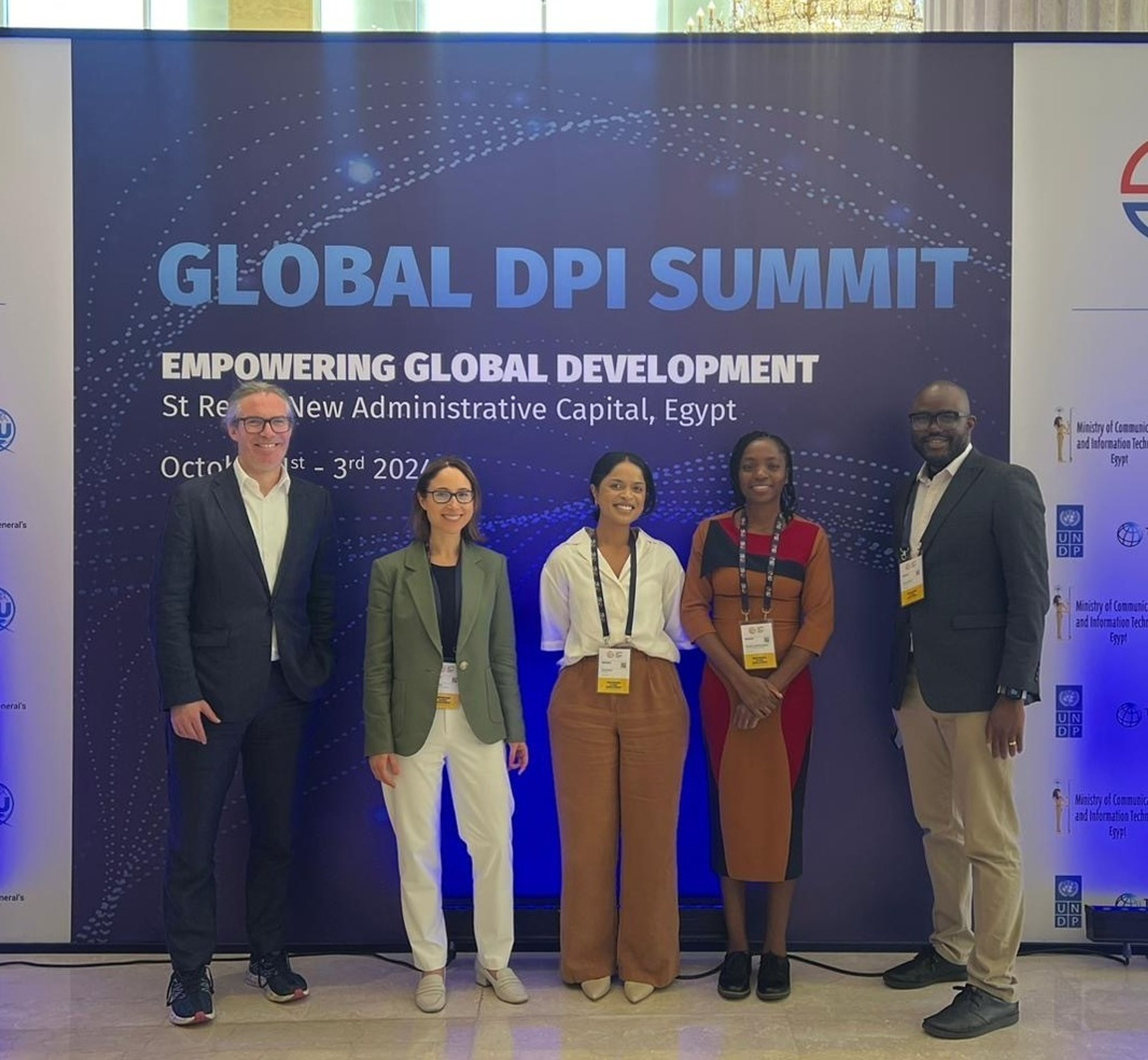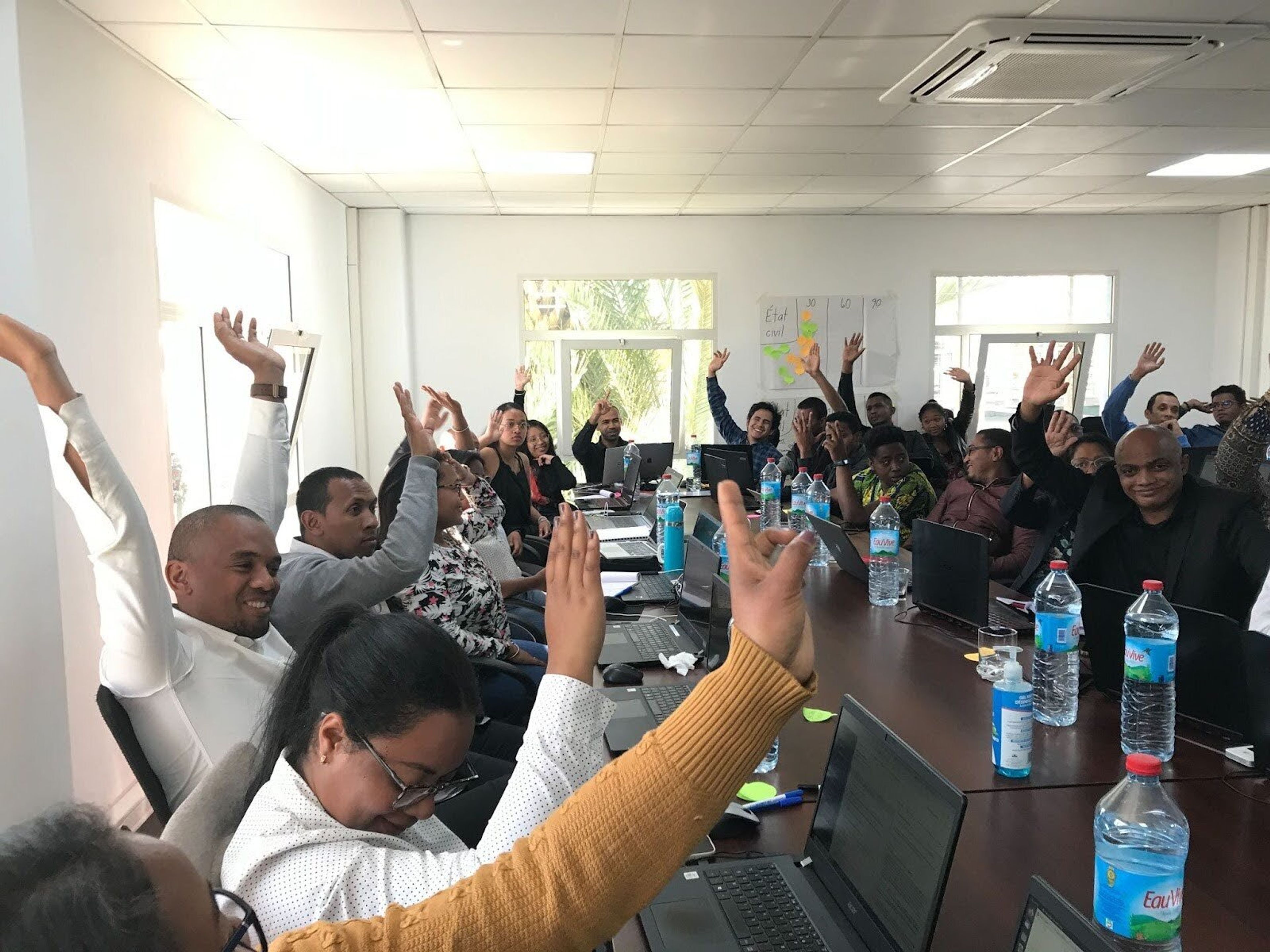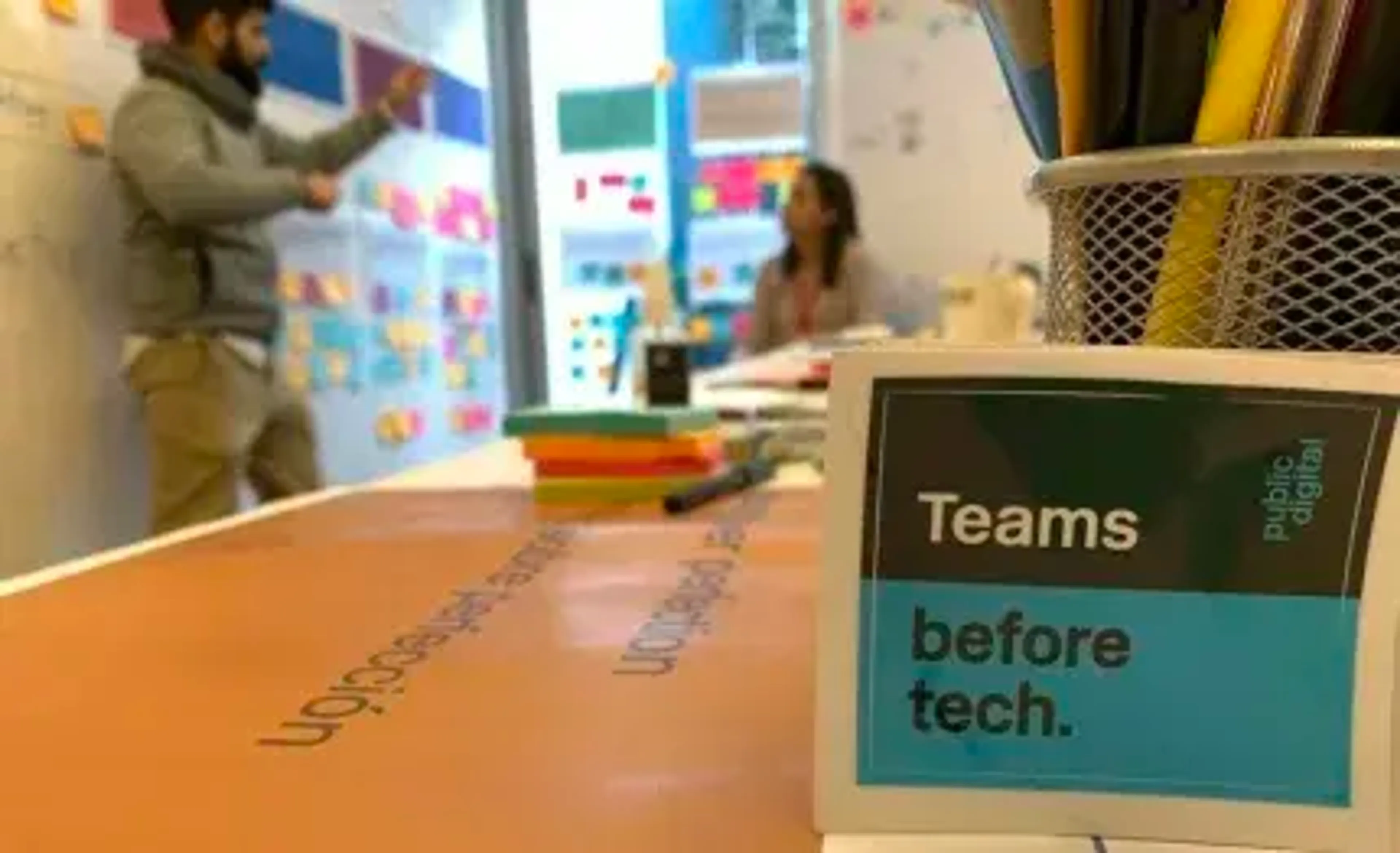
Accelerating delivery with Digital Public Infrastructure
We take an outcome-focused approach to infrastructure. We help global funders maximize sustainable impact and work with country leadership to harness digital opportunities that address their most pressing challenges.



